In industries where efficiency and safety are paramount, bulk material handling plays a critical role. From grains and minerals to powders, aggregates, and chemicals—moving large volumes of bulk material requires specialized conveyors for material handling designed to maximize throughput while minimizing labor and risk. But the question remains: Which conveyor is used for handling the bulk material?
This article will explore the top conveyor systems used for bulk material transport, how they integrate into material handling equipment ecosystems, and how they optimize operations in industries like manufacturing, construction, logistics, and food processing.
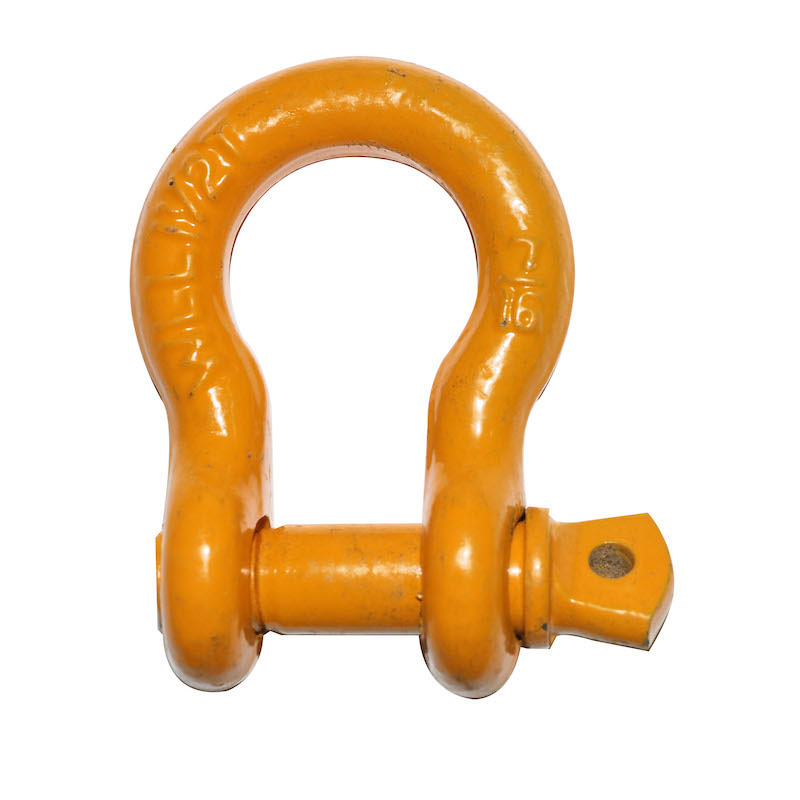
Table of Contents
ToggleUnderstanding Bulk Material Handling
Bulk material handling involves transporting, storing, and controlling materials that are loose, granular, powdery, or lumpy—typically in large volumes. Unlike unit handling (for discrete items), bulk handling requires equipment that ensures material flows smoothly and efficiently.
Industries utilizing bulk material handling systems include:
- Cement and aggregates
- Mining and minerals
- Agriculture and grain processing
- Pharmaceuticals
- Food and beverage production
- Plastics and chemicals
🔗 Granite Countertop Installation also relies on efficient movement of stone dust and slabs during fabrication.
The Most Common Conveyors for Bulk Material Handling
1. Belt Conveyors
Belt conveyors are the most widely used for bulk material movement. They consist of an endless belt supported by rollers and powered by pulleys. Suitable for both horizontal and inclined transport, belt conveyors are essential in:
- Mining and quarrying
- Agriculture
- Cement plants
- Construction sites
Advantages:
- High capacity and long-distance movement
- Continuous flow
- Customizable for various inclines and layouts
2. Screw Conveyors
Screw conveyors use a helical screw inside a tube to push material forward. Ideal for pharmaceutical material handling systems and food-grade applications, they efficiently move fine, sticky, or abrasive substances.
Common Materials:
- Powders
- Granules
- Semi-solid food ingredients
- Waste and sludge
🔗 Loose Clothing Is Best to Wear When Handling Material? – Safety around screw conveyors is vital due to the rotating components.
3. Pneumatic Conveyors
These systems transport material using air pressure or vacuum. Pneumatic systems are used where cleanliness, contamination control, or dust management is important.
Best For:
- Light, dry materials like flour, sugar, or pharmaceutical powders
- Enclosed and flexible routing
Downside: Less suitable for large, heavy, or wet materials.
4. Drag Chain Conveyors
Drag conveyors use paddles (or “flights”) attached to chains to move materials along a trough. They are excellent for heavy-duty material handling solutions involving abrasive, hot, or wet bulk loads.
5. Bucket Elevators
Used to lift bulk material vertically, bucket elevators are common in warehouse material handling equipment systems and agricultural processing.
Applications:
- Grain silos
- Cement mills
- Fertilizer plants
Selecting the Right Bulk Material Conveyor
Choosing the correct conveyor depends on several material handling system design considerations:
| Factor | Recommendation |
|---|---|
| Material type | Powders → Pneumatic or screw; Large aggregates → Belt or drag chain |
| Capacity needs | Belt conveyors for high volume |
| Distance & layout | Long, horizontal → Belt; Vertical → Bucket elevator |
| Cleanliness & contamination control | Pneumatic or enclosed screw |
| Budget | Consider low-cost material handling solutions for small businesses |
Integrating Conveyors with Industrial Material Handling Solutions
Conveyors are not standalone systems. They integrate into complete industrial material handling solutions involving:
- Forklifts for material handling
- Overhead material handling systems
- Manual material handling tools
- Material handling carts and trolleys
🔗 Vacuum Lifters and 🔗 Aardwolf Slab Lifters often work alongside conveyor lines in stone, glass, and countertop facilities.
Applications Across Industries
🏭 Material Handling for Manufacturing
Conveyors transport raw materials, WIP (work-in-progress), and finished goods.
🏗 Material Handling in Construction
Move aggregates like gravel, sand, and concrete ingredients across job sites.
🚚 Material Handling in Logistics
Distribution centers use automated material handling systems with conveyors for sorting, packing, and dispatch.
🍲 Material Handling in Food Industry
Sanitary belt or pneumatic conveyors reduce contamination in food production.
Automation Trends in Bulk Conveyors
Modern facilities integrate conveyors with:
- Robotics and AI sensors
- IoT for real-time monitoring
- PLC systems for synchronization
- Automated put-away strategies in smart warehouses
🔗 What Type of Robot Is Most Common for High-Speed Material Handling?
Final Thoughts
So, which conveyor is used for handling bulk material? While belt conveyors are the most common and versatile, screw, pneumatic, drag chain, and bucket elevators each have their niche based on material type, distance, and environmental requirements.
To enhance efficiency, safety, and return on investment:
- Partner with top material handling equipment manufacturers
- Conduct regular evaluations of your systems
- Explore used material handling equipment for sale if budget is tight
- Train staff with certified material handling training programs
🔗 How Does Material Handling Impact the Human Labor Force?

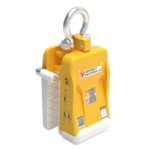
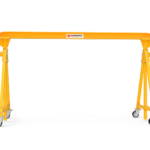
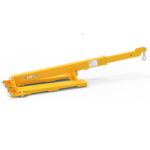
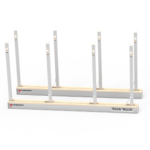
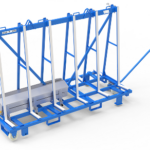

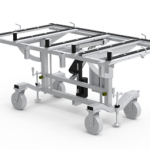
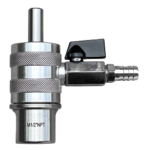
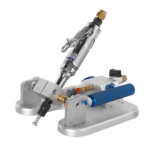
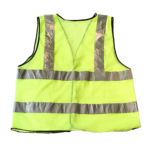

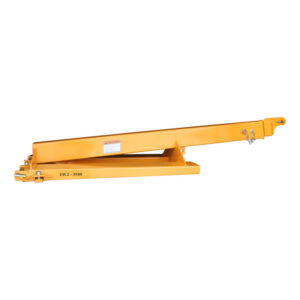
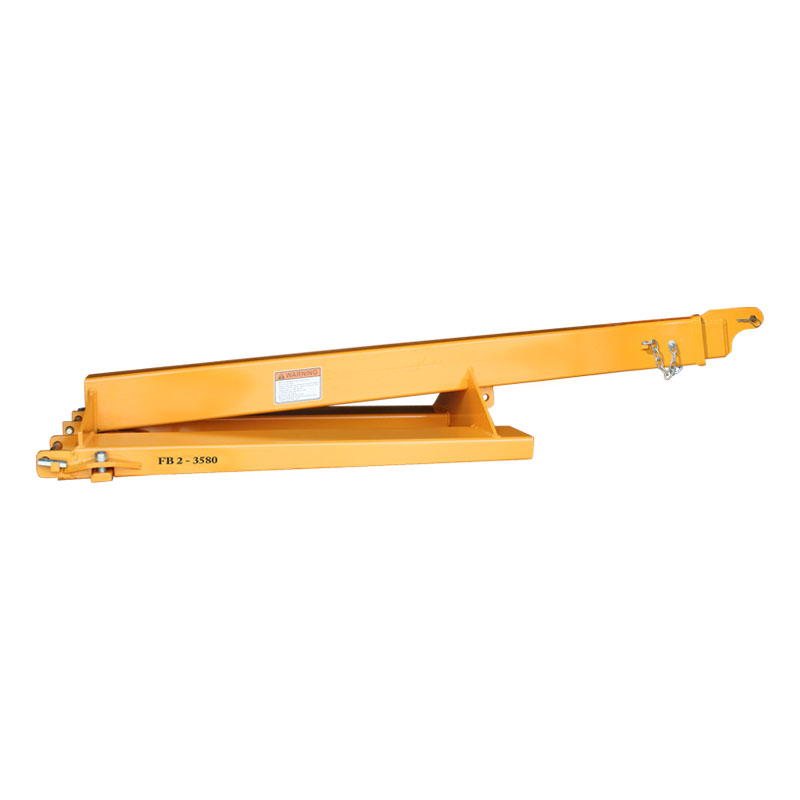
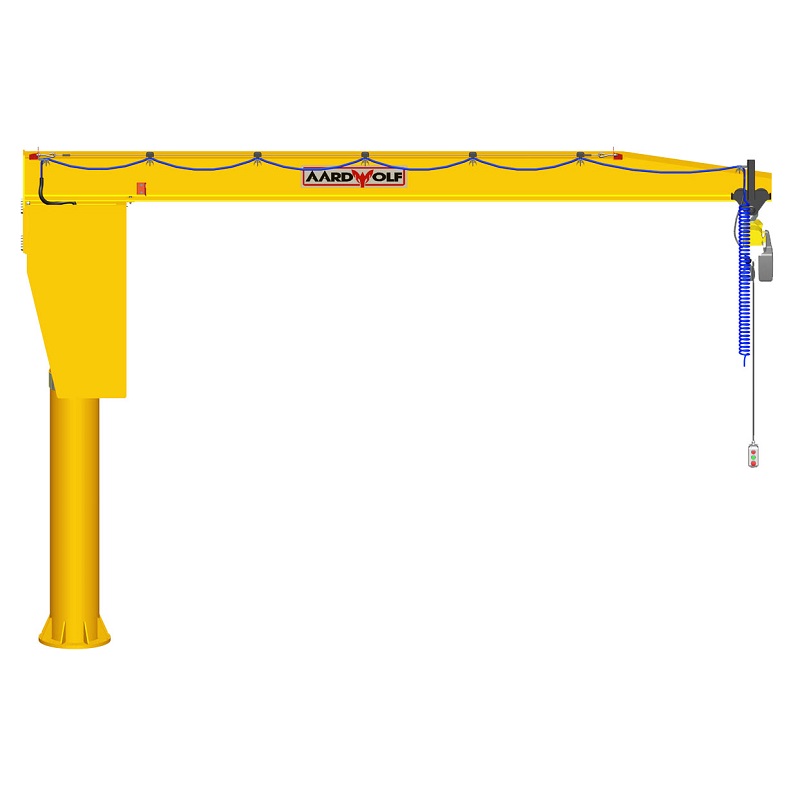
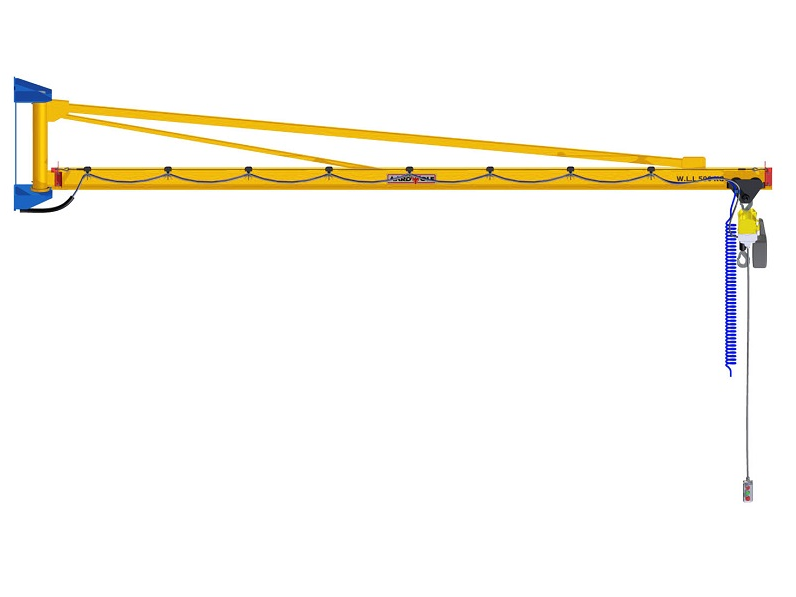

Please log in to leave a comment.